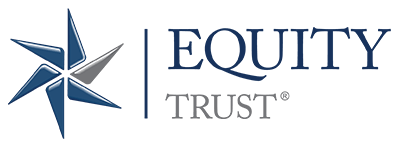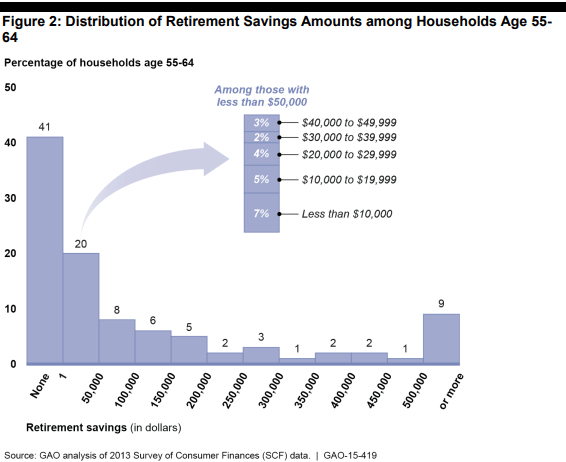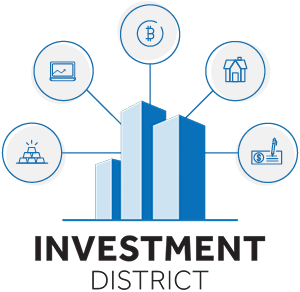How can Americans take action?
There are steps you can take to prevent your own personal crisis in retirement.
1. Increase your annual retirement savings plan contributions.
Maximize your contributions to qualified retirement plans, such as 401(k)s, 403(b)s, 457s, TSPs, or other employer sponsored plans. If you’re self-employed, you can consider a solo 401(k) or SEP IRA. With proper planning and sufficient earned income, you can potentially contribute upwards of $61,000 to a solo 401(k) per year when you’re under the age of 50; when you’re age 50 and older, it increases to $67,500.
Retirement plans have unique tax advantages, allowing you to leverage compounding interest in the absence of taxation. Traditional IRAs and 401(k)s grow tax-deferred, whereas Roth IRAs grow tax-free with after-tax contributions.
Here’s a hypothetical example showing the power of the accounts’ long-term tax savings: An investor starts with $1 today and contributes $6,000 per year over 30 years. With a rate of return of 7 percent and a marginal tax rate of 25 percent, the account would grow to $210,001 in a taxable (non-IRA) environment. In a Traditional IRA, the total after the same period would be $570,839; and in a Roth IRA, it would be $829,432.
To input your own savings rates and see the difference for yourself, check out this Roth IRA vs. taxable savings calculator.
2. Select investments for your portfolio that align with your experience and reduce your dependence on stock market performance.
You are not at the mercy of only investing your IRA in the public markets such as stocks, bonds, mutual funds, or ETFs. With a self-directed alternative asset custodian, you take control of your retirement savings and invest in assets like real estate, rental properties, private equity, private direct investments, gold and silver, cryptocurrency, and a wide array of other non-stock-market-based investments.
Investors self-directing their retirement accounts often are confident they can generate a higher rate of return and that their account balance is more stable than keeping their savings invested in assets subject to the volatility of the stock market.
Consider the rule of 72, which tells you how many years it could take to double your money. You simply divide 72 by your annual rate of return, and this indicates roughly how many years it will take to double your funds.
An example: An Equity Trust client recently made a 32-percent annualized return through the purchase, rental, and sale of a property in their IRA. If the investor continues to perform at 32 percent per year, they will double their money (72/32) every 2.25 years.
On the other hand, the S&P 500 (stock market index) produced an annual return of 6.44 percent from 2000-2022. Applying this return to the rule of 72, an investor’s portfolio may double every 11 years.
To conclude, if you are an active real estate, private equity, or other alternative investor, or you are learning and developing proficiency in alternative-asset investing, you might consider leveraging these alternative investment strategies in a self-directed IRA. “Self-directed” is merely an industry term; the IRA is the same account you’d open at a firm such as Schwab or Fidelity, but to invest in alternatives, the must be opened at a custodian equipped to hold alternative assets.
Transitioning to self-directed investing is not as daunting as you might think: Assuming it’s done properly, transferring or rolling over funds from one retirement plan to a self-directed IRA should not trigger any adverse tax consequences or penalties.
Learn more about self-directed investing and see if it could be the catalyst you need to ensure a secure financial future.
About John Bowens
John Bowens is one of the most sought-after and respected educators in the self-directed IRA industry, partly due to his unique ability to take a complex issue and break it down into simple-to-understand terms. Currently a Senior Manager at Equity Trust Company, John draws from his 15 years in the real estate industry and his experience as an active real estate investor. In his travels across the U.S. and virtually, he has trained 60,000 investors during more than 300 workshops and classes, spreading the message about the power of building tax-free wealth and leaving a lasting legacy by investing in what you know best.
John contributed to the book “Self-Directed IRAs: Building Retirement Wealth Through Alternative Investing” with Equity Trust Company Founder Richard Desich, Sr., and has appeared on several national real estate and finance-related radio shows, including the Rich Dad Radio Show.
1What is a self-directed IRA?
A self-directed IRA is a retirement account that allows for investments in alternative assets such as real estate, promissory notes, and precious metals, in addition to stocks and mutual funds. The account owner determines how they would like to manage their account and directs the custodian to process the transactions within the account. In addition to Traditional and Roth IRAs, other accounts such as SEPs, SIMPLEs, Solo 401(k)s, health savings accounts, and Coverdell education savings accounts can be self-directed as well.
2How do I set up a self-directed retirement account?
To set up a self-directed retirement account with Equity Trust visit myEQUITY and start the process today. You can also visit How to Get Started for more information. Or simply schedule a free, one-on-one consultation with an Equity Trust Senior Account Executive.








